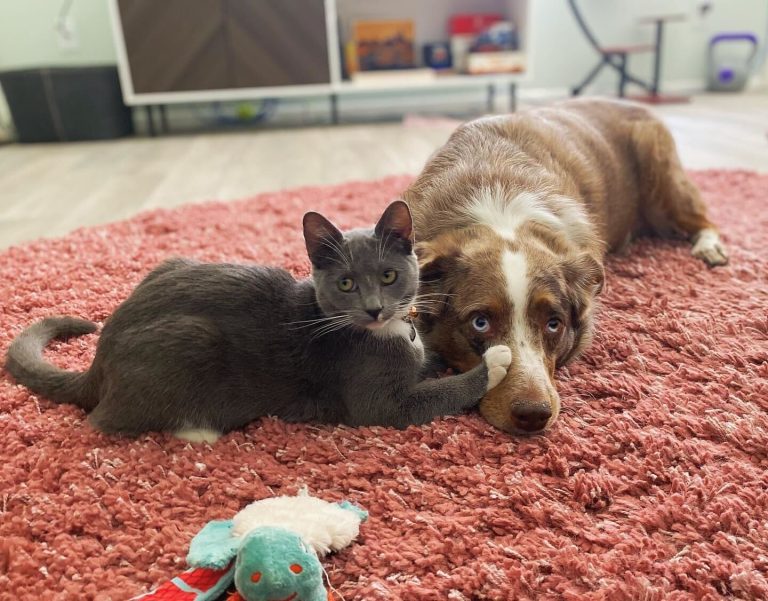Raising a child is hardly cheap – even with inflation now on the decline – but pet parents also struggle with rising costs for everything from pet rent, vet care, food, and the occasional toy. In fact, pet ownership is becoming so expensive that 12% of Americans and 25% of Gen Z have surrendered a pet due to not being able to keep up with the costs.
Pet insurance is one way for individuals to have some peace of mind in the event that their fluffy friend needs emergency medical care, which can run into thousands of dollars. As animal lovers ourselves – all of us here at the Reynolds Center have a fluffy best friend! – we’re more than happy to take a dive into the business of pet insurance.
Generational trends
Among the 67% of Americans who own a cat or a dog, 24% have pet insurance. Those pet insurance premiums “average $47 a month or $564 a year.” In the U.S. alone, over 6 million pets were insured at the end of 2023 – a 16.7% increase from 2022. Although pet insurance has become more popular in recent years with more plan options becoming available and an overall increased focus on pet health, there are still some interesting pet ownership generational trends.
According to the 2024 National Pet Owners Survey conducted by the American Pet Products Association (APPA), 32% of pet owners in the U.S. are Millennials, followed by 27% Gen X, 24% Baby Boomers, and 16% Gen Z. In their 2024 generational report, APPA found that “Millennials and Gen Z experienced the highest increases in pet ownership during COVID-19” compared to other generations, although “Baby Boomers and Gen X are more likely to recognize the social and emotional benefits of owning a pet.” When it comes to spending, a poll found that Gen Z reported the highest pet spending out of all generations, with an average of $148.50 going towards pet expenses each month.
No matter which generation you may belong to, all pet owners have felt the increase in pet insurance policy rates, vet care, pet supplies, and other pet services in recent years.
Inflation, inflation, inflation
It’s no secret that American consumers have had to navigate wide-reaching increased costs of living brought on by inflation, including when it comes to insurance policies. According to the U.S. News & World Report, homeowners insurance rates have increased by an average of 22% since 2020, with Arizona seeing one of the highest increases at 44%. In the same amount of time, car insurance rates have increased by roughly 50% on average.
Pet insurance has not been spared from inflation. Last year, Trupanion told pet owners in New Jersey that they “could see their premiums rise 33.6%” – well above the promised yearly increase limit of 20%. The California Department of Insurance approved an overall increase of 14% for Lemonade’s pet policies, which will take effect at the end of next month. One dog mom in San Diego saw her Nationwide policy double this year.
Nationwide – which claims to be the first and largest provider of pet health insurance in the U.S. – announced over the summer that it would not be renewing roughly 100,000 policies over the course of the next year due to inflation and the rising costs of vet care impacting the profitability of the service. It’s also worth noting that dogs, whose care tends to be more expensive than other pet species, comprise the majority of insured pets in the U.S. at around 80%.
Planning for the future
Although pet insurance plans have become more expensive, many companies cite the cost of pet care as the main reason behind rate increases. In fact, as a recent New York Times article notes, “veterinary prices have soared more than 60 percent over the past decade, according to federal statistics.” This is largely due to lingering supply chain issues, increased costs of labor and manufacturing, and, of course, inflation.
As pet ownership in the U.S. continues to increase it’s likely the number of pet owners who choose to get pet insurance will do the same, as 97% of pet owners say they consider their pets a part of their family. According to surveys, many are willing to go into debt for their pets, and 75% of pet owners have missed work at least once to care for their pets.







